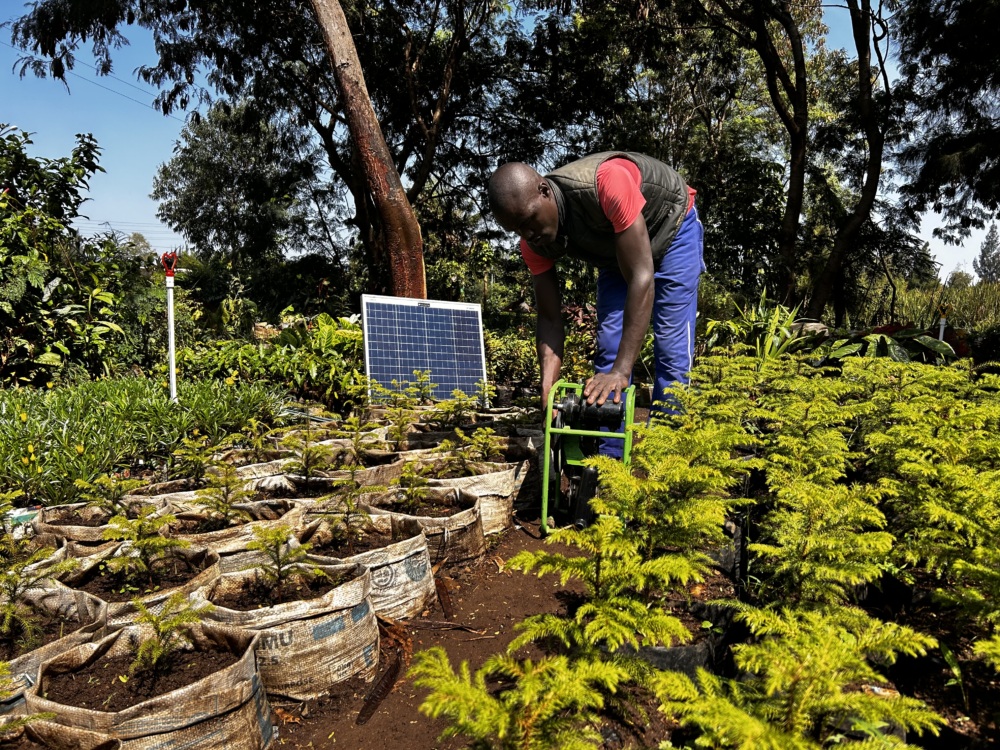Solar-Powered Irrigation Systems: Challenges & Opportunities in Kenya
Summary
This report summarizes the outcomes from CLASP's Stakeholders' Workshop in Nairobi, Kenya on expanding the accessibility of solar-powered irrigation systems.
In sub-Saharan Africa, 95% of farmers primarily rely on rainfall for irrigation but climate change threatens crop yields & livelihoods. Solar-powered irrigation systems are a key solution – yet uptake is low. To develop and discuss how we could make progress, CLASP hosted a workshop in June 2022 with participants that included manufacturers, distributors, financiers, program implementors, and government officials.
This report identifies barriers in four categories, technology developing & innovation, affordability & financing, consumer awareness, and business & operational models, and suggests solutions for each one. These possible next steps will inform the Kenya Productive Use of Renewable Energy Program’s strategy to supporting smallholder farmers across the country.
Solutions included:
- Prioritize development of irrigation solutions that are high-performing, low-cost, require low maintenance, and can work under low solar irradiance.
- Bundle financing solutions for SWPs with other irrigation equipment, such as drip irrigation kits, water harvesting & storage structures.
- Create centers of excellence/demonstration centers for experiential learning targeting smallholder farmers, including village-based champion farmers who can serve as ambassadors and trainers for fellow smallholder farmers.
- Leverage the existing network of local technical installers by building their capacity through training and certification to build a healthy installation and aftersales support ecosystem.








